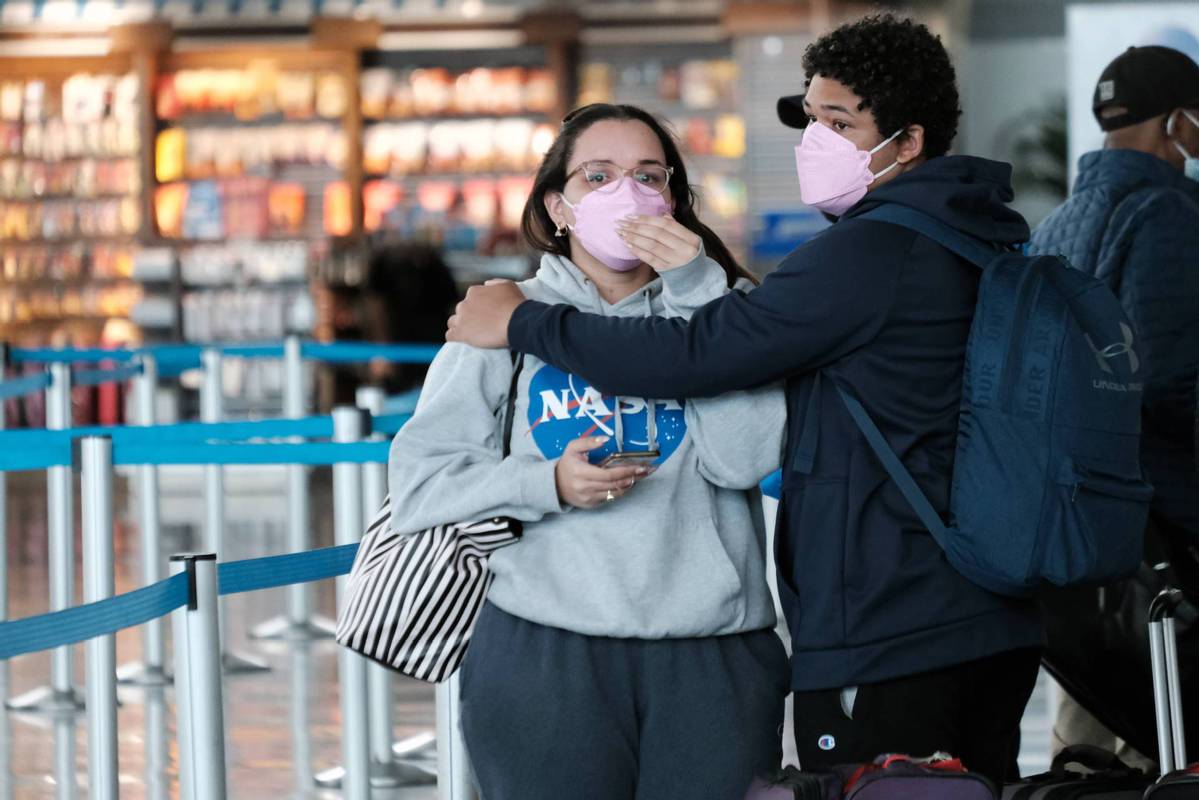Climate change to make pandemics increasingly likely in next 50 years


Climate change will drive thousands of viruses to jump between species over the next 50 years, a new study has predicted, and some of these transmissions will occur between animals and humans, increasing the likelihood of future pandemics.
Viral transmission between nonhuman animals and humans, so-called zoonosis, is not uncommon and has led to numerous severe outbreaks of disease including Ebola, avian influenza, and COVID-19, which is thought to have originated in animals.
In a study published in the journal Nature, scientists at Georgetown University say that the effects of global warming will drive thousands of species into new habitats and regions, creating conditions where zoonotic events become much more commonplace.
Using geographic modeling, the researchers predict that climate change will force more than 3,100 mammal species into new ranges by 2070, driving novel cross-species transmission of their viruses an estimated 4,000 times. In some cases just one virus will jump from one species to another, while in others, multiple viruses may be transmitted from one species.
Some of these species will move into areas that are densely populated, increasing the risk that a new virus will take hold in a human community and perhaps go on to cause a pandemic.
Colin Carlson, a global change biologist at Georgetown University and lead author on the paper, said that the wildlife trade produces high-risk conditions for zoonosis, where people come into contact with animals in the wilderness or at markets.
"But markets aren't special anymore; in a changing climate, that kind of process will be the reality in nature just about everywhere," Carlson said.
Because of their ability to disperse across wide ranges, the researchers said that bats will account for the majority of novel viral sharing.
"When a Brazilian free-tailed bat makes it all the way to Appalachia, we should be invested in knowing what viruses are tagging along," says Carlson. "Trying to spot these host jumps in real-time is the only way we'll be able to prevent this process from leading to more spillovers and more pandemics."
Sam Scheiner, a program director with the United States National Science Foundation, said that the COVID-19 pandemic, and the previous spread of SARS, Ebola, and Zika, show how a virus jumping from animals to humans can have massive effects.
"To predict their jump to humans, we need to know about their spread among other animals," Scheiner said. "This research shows how animal movements and interactions due to a warming climate might increase the number of viruses jumping between species."
Science writer David Quammen, who has authored several books on viruses including Spillover: Animal Infections and the Next Human Pandemic, said that the global community must come together and provide significant investment for worldwide disease surveillance.
"There are things that can be done and should be done, and they're expensive, but they're not nearly as expensive as a pandemic," Quammen told China Daily in a previous interview. "We need a whole army coming out ready to deal with the question of how the natural world and humanity can fit together in a way that does not have to involve infectious disease emergencies."

































